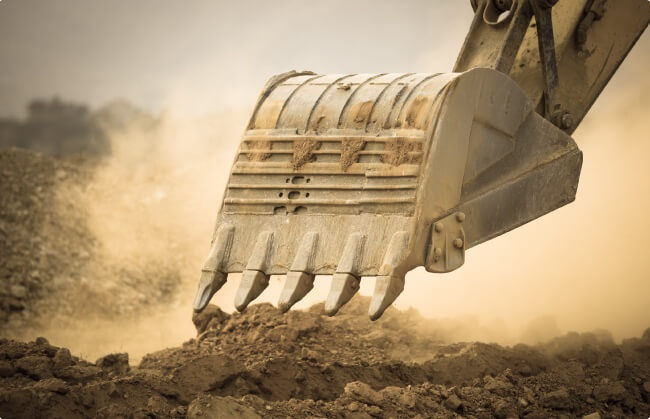Comprehensive Contamination Assessment Sydney: The Role of Waste Classification
- birdjackson018
- Jul 11, 2024
- 2 min read
In Sydney, directing an exhaustive Tainting Evaluation is fundamental for distinguishing and overseeing ecological dangers related with debased locales. This appraisal includes assessing soil, groundwater, and air quality to decide the presence and degree of poisons. It fills in as a central stage in creating compelling remediation methodologies and guaranteeing consistence with ecological guidelines.
Understanding Waste Classification Sydney:
One basic part of a Waste Classification Sydney is Squander Grouping. This interaction classifies squander materials in light of their potential natural and wellbeing influences. It includes recognizing dangerous substances and deciding suitable dealing with, removal, or remediation strategies. Squander order focuses on dangers and guides choices on location cleanup and the board.
During a Contamination Assessment Sydney, ecological specialists and designers gather tests from different focuses inside the site. These examples go through thorough testing and investigation to distinguish impurities like weighty metals, oil hydrocarbons, pesticides, and unstable natural mixtures (VOCs). The information accumulated illuminates risk appraisals, assisting partners with grasping potential openness pathways and natural effects.
Key Components of a Contamination Assessment:
Site Examination: Directing definite studies and inspecting to portray tainting levels and dispersion across the site.
Analysis Risk: Assessing the probability and outcomes of openness to foreign substances on human wellbeing and the climate.
Waste Classification and Management: Grouping debased materials as per administrative rules and creating techniques for safe dealing with, transport, treatment, or removal.
Remediation Options: Suggesting proper remediation innovations like unearthing, bioremediation, or soil fume extraction in light of evaluation discoveries.
Regulatory Compliance: Guaranteeing that movements of every sort conform to nearby and public ecological regulations and guidelines.
Conclusion:
A far reaching Waste Classification Sydney incorporates point by point site examinations with powerful Contamination Assessment Sydney practices to capably oversee ecological dangers. By precisely recognizing and grouping impurities, partners can focus on remediation endeavors and execute maintainable arrangements. This approach safeguards general wellbeing and the climate as well as advances consistence with administrative principles.
In synopsis, proactive defilement evaluations are essential for recognizing, making due, and alleviating ecological dangers in Sydney. By complying with thorough evaluation conventions and waste grouping rules, partners can cultivate more secure conditions and supportable advancement rehearses for current and people in the future.





Comments